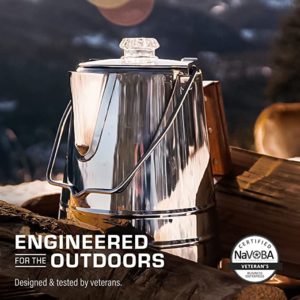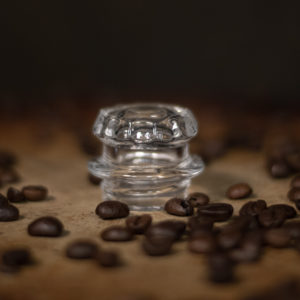Glass vs Plastic: Percolator Top Material Pros & Cons
Home > Blog > Brewmaster Tips > Coffee Gear > Glass vs Plastic: Percolator Top Material Pros & Cons
We don’t compromise quality at COLETTI. Everything is top notch, from our engineering to our machining, and especially our materials. We produce high-quality heat-resistance glass percolator tops, for a reason; and we know that you have the opportunity to choose between a glass top and a plastic top for your percolator. While both may fit, there are some pretty good reasons to stick with our original percolator glass tops, a.k.a “knobs/globes.”
No matter how high quality the plastic, we could never understate how wary you should be when brewing with plastic. Percolators get up to 200℉ while brewing, and you can guarantee that hot coffee will come into contact with the percolator top every time. That’s daily use and constant contact, making a glass top a non-negotiable.
Glass tops are dishwasher safe, heat resistant, and chemical free. Glass also will not absorb any germs or coffee. Overall making it a cleaner, more sanitary material for percolator tops.
During the percolator brewing process, the top allows you to view how vigorously your coffee is brewing. Glass generally provides a better observation option over plastic.
The primary danger when brewing with plastic is the possibility of “leaching” chemicals into your coffee. As time goes on, especially over extended use over high heat, you run the risk of exposing toxic chemicals into your system. Washing plastic with a dishwasher also increases the rate at which the plastic top will deteriorate.
That’s why we only use glass tops at COLETTI, favoring high-quality materials and stainless steel for all of our coffee pots and coffee makers. Our COLETTI brand percolator glass tops are universal to our entire line of coffee percolators. Use COLETTI glass tops with other percolators besides Faberware & Primula. (i.e. Coleman, GSI, Tops, Eurolux, etc.)






